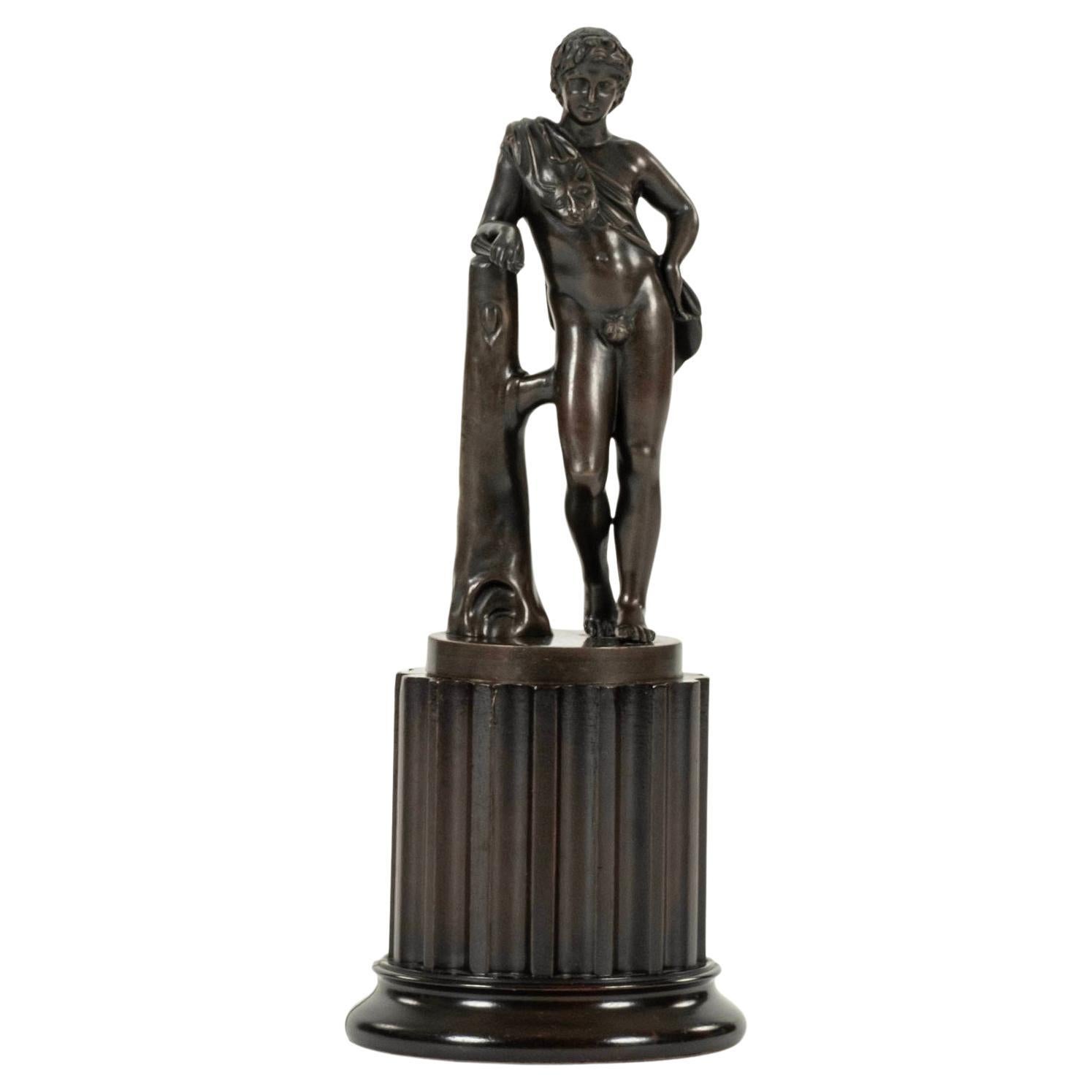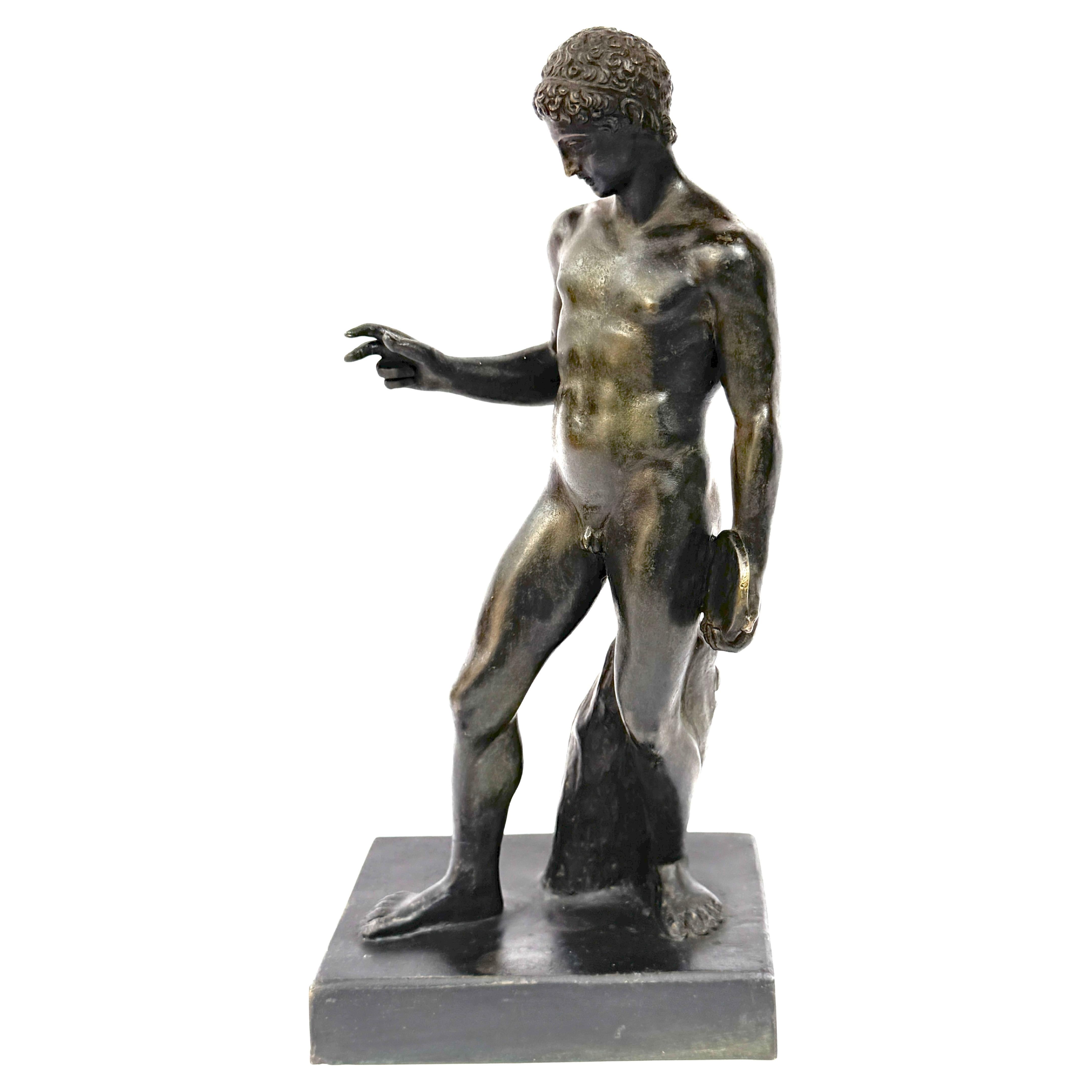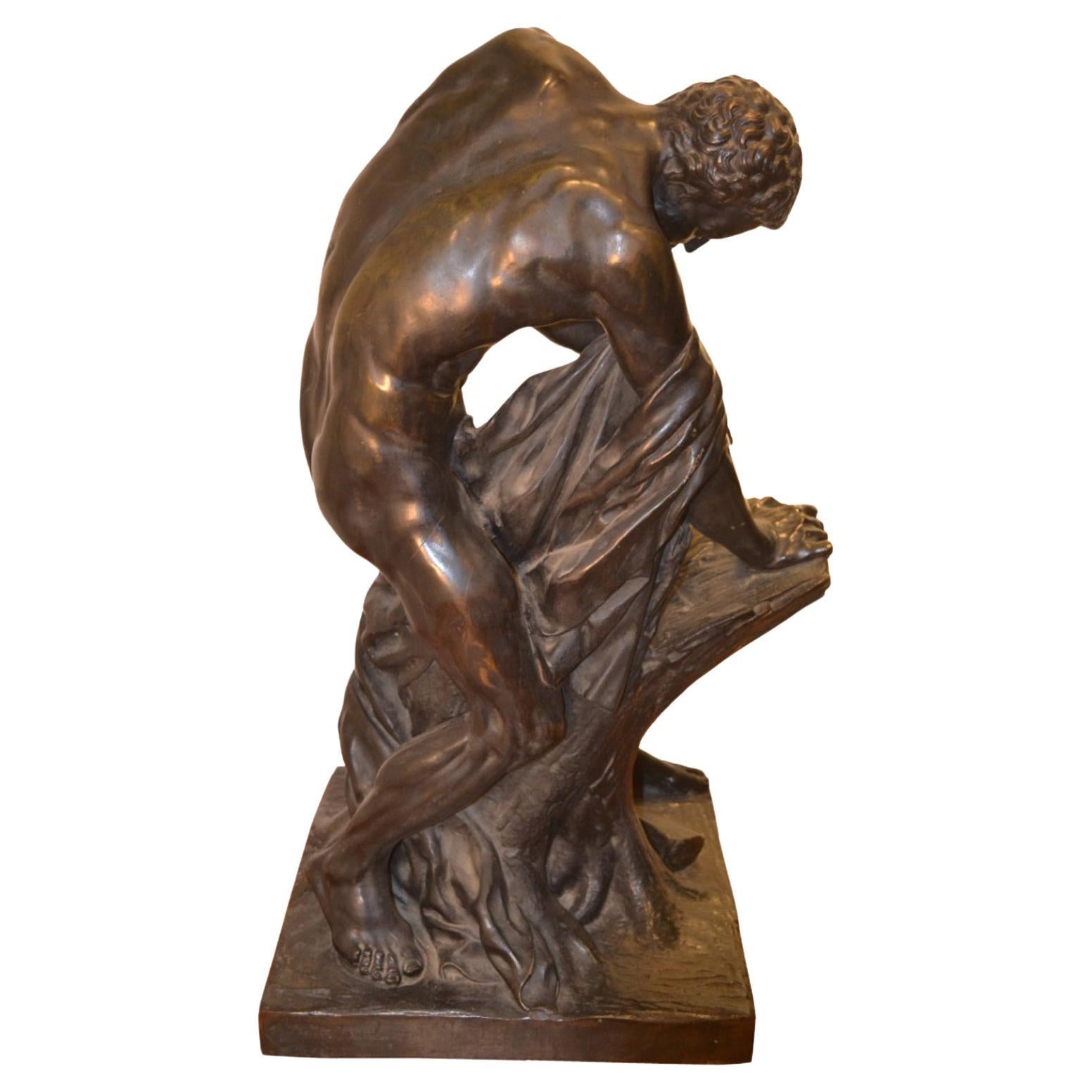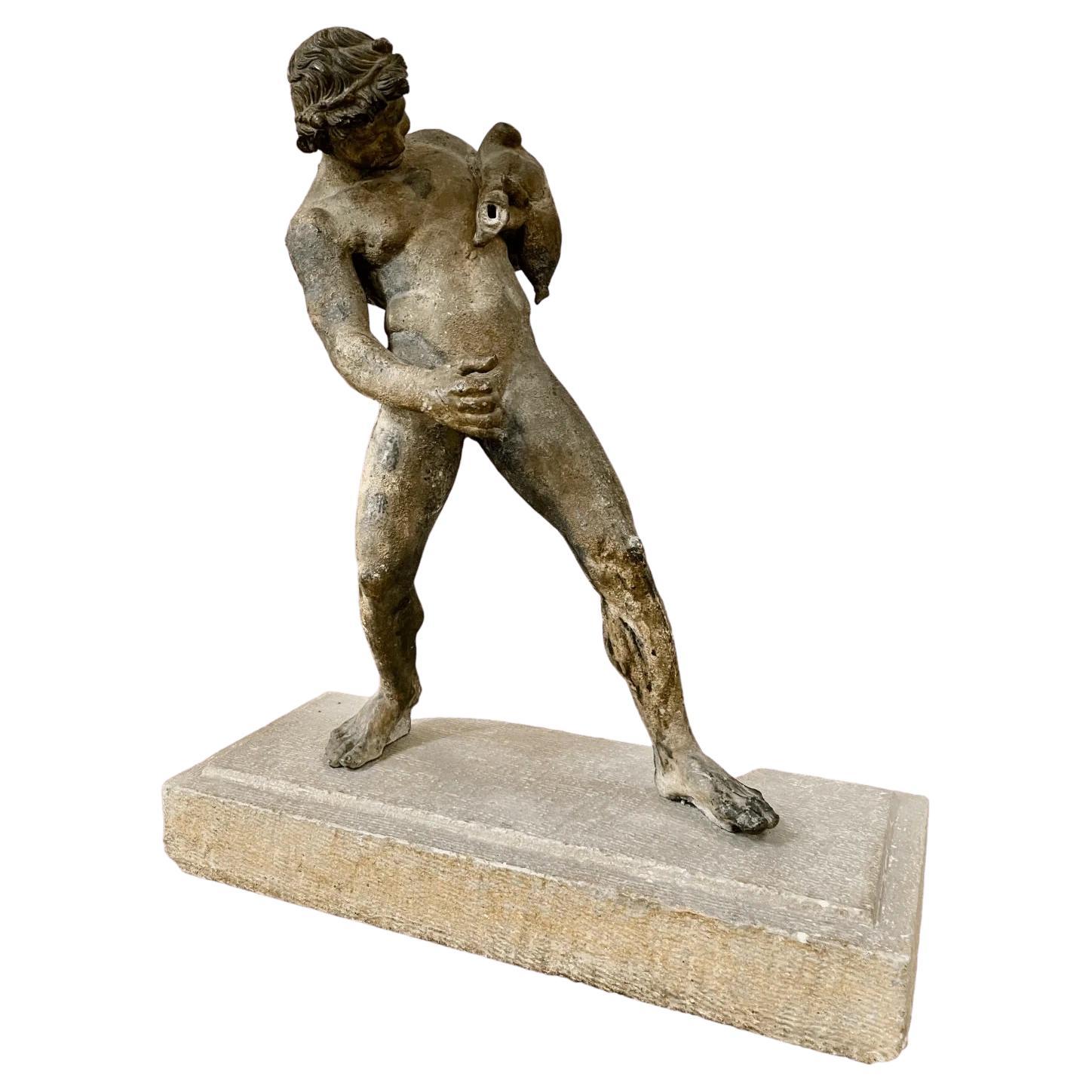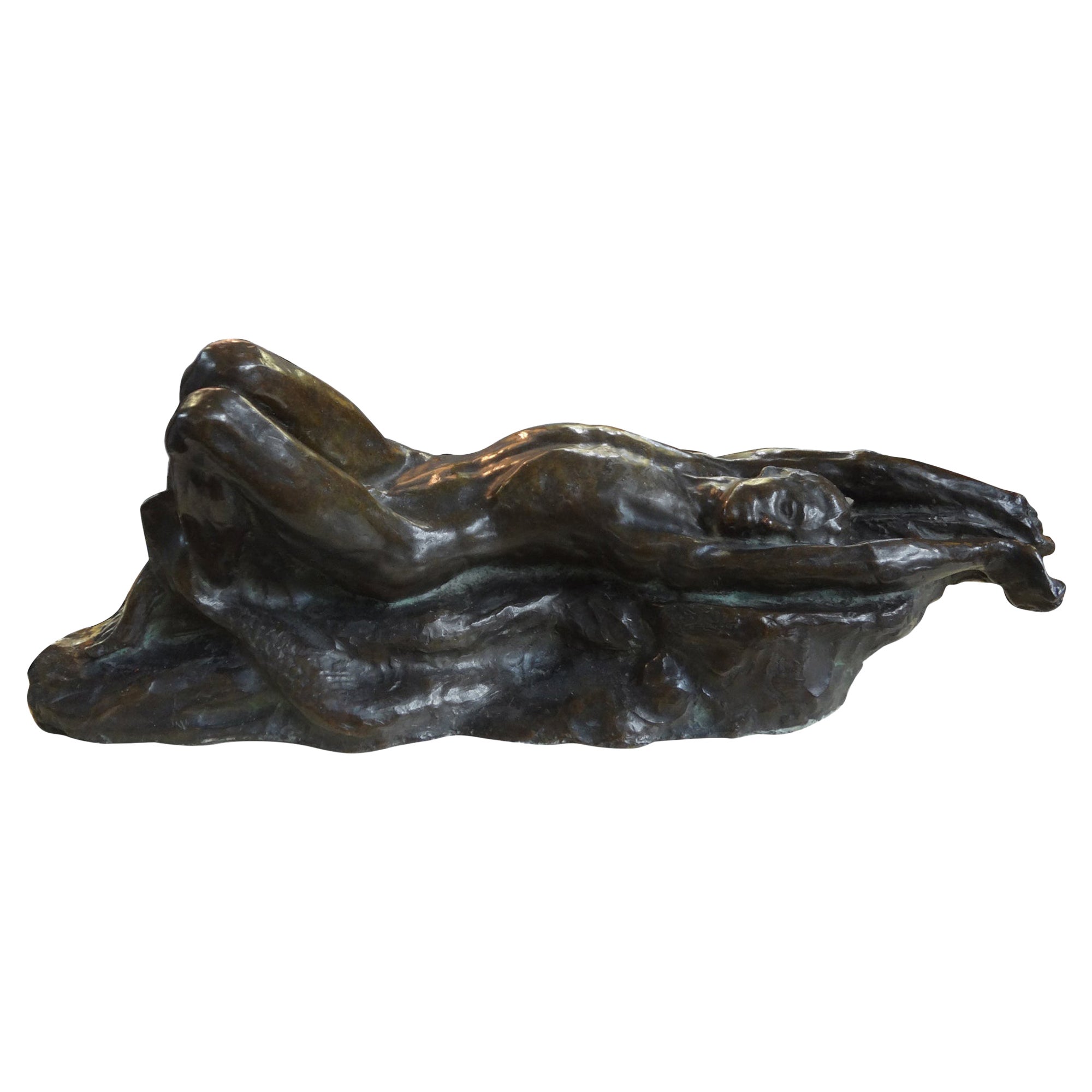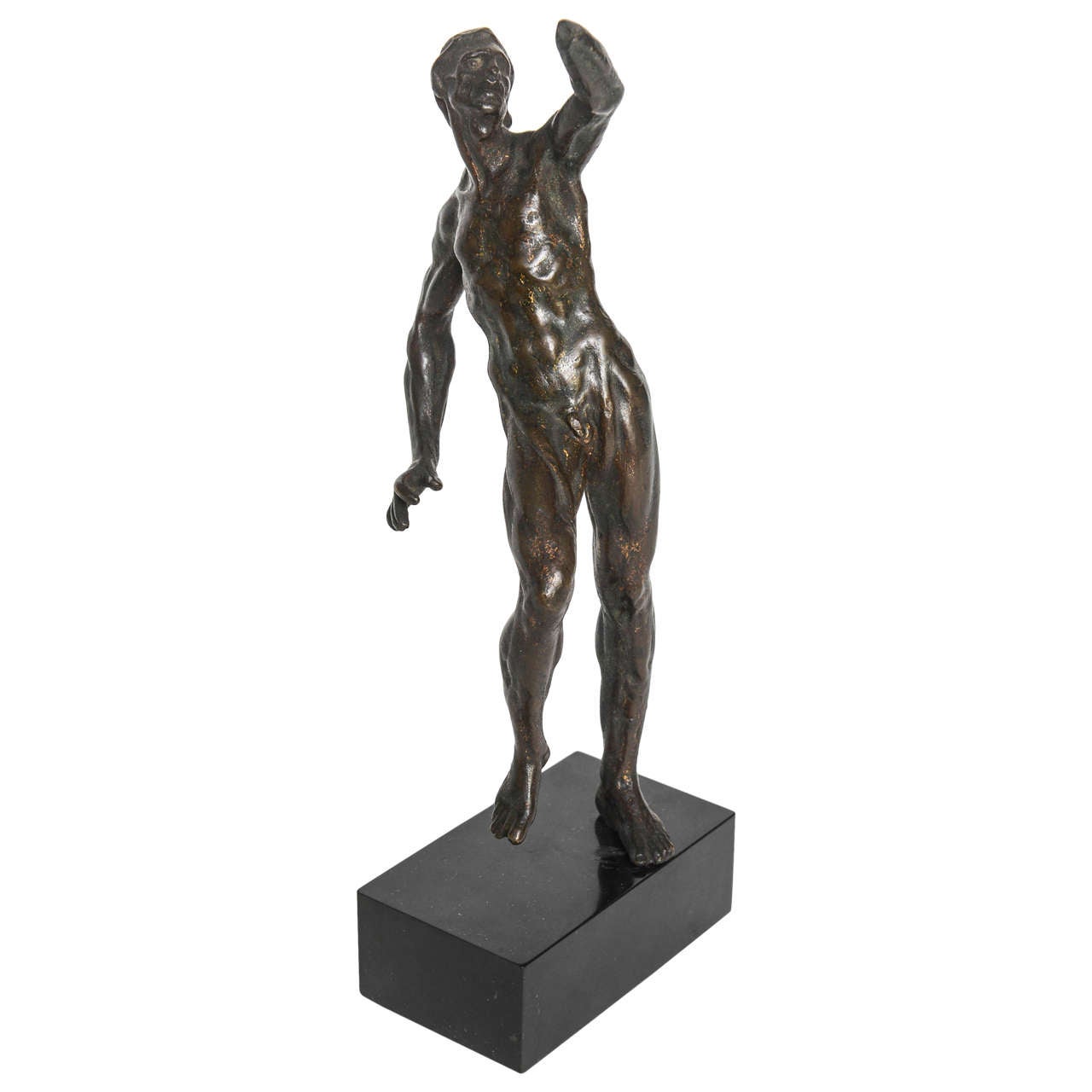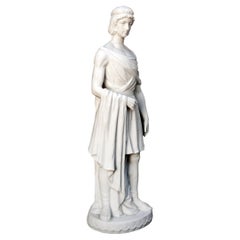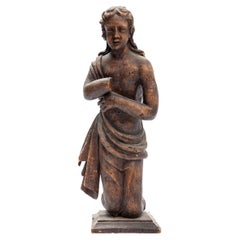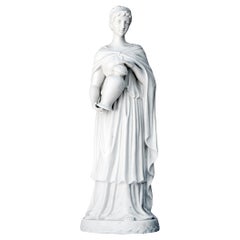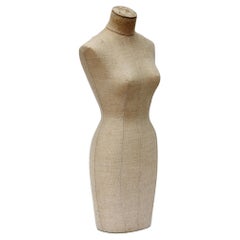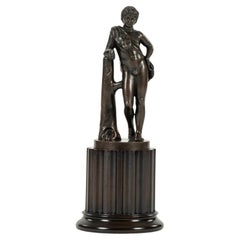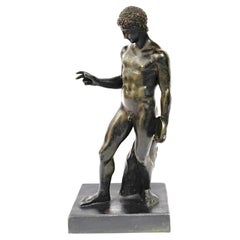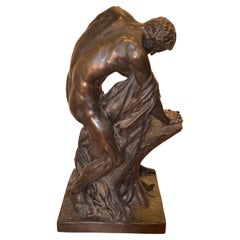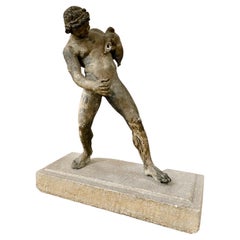Items Similar to Nude Male Bronze Sculpture Fountain
Want more images or videos?
Request additional images or videos from the seller
1 of 14
Nude Male Bronze Sculpture Fountain
$18,995
£14,274.07
€16,554.69
CA$26,666.16
A$29,590.06
CHF 15,608.03
MX$361,231.45
NOK 197,472.12
SEK 184,948.61
DKK 123,544.51
About the Item
Bronze male sculpture signed. Fonderia Giorgio Sommer Calabritto Napoli
Thomas, sculptor, lived and worked in the Naples area, and especially on Capri, from 1889 to 1906. Given this example, it was apparently both made and cast there by 'Fonderia Sommer', which was established in Naples in 1885 by the German-born Giorgio Sommer (1834–1914). He went to Italy in 1857 and settled in Naples for the rest of his life where he ran, above all, a very successful business as a photographer, especially of classical sites, antiquities etc.
- Dimensions:Height: 22 in (55.88 cm)Width: 14.25 in (36.2 cm)Depth: 11 in (27.94 cm)
- Style:Renaissance (In the Style Of)
- Materials and Techniques:
- Place of Origin:
- Period:
- Date of Manufacture:Unknown
- Condition:Wear consistent with age and use. Perfect condition.
- Seller Location:Malibu, CA
- Reference Number:1stDibs: LU6005229970032
About the Seller
4.5
Gold Seller
Premium sellers maintaining a 4.3+ rating and 24-hour response times
Established in 2010
1stDibs seller since 2021
248 sales on 1stDibs
Typical response time: <1 hour
- ShippingRetrieving quote...Shipping from: Malibu, CA
- Return Policy
Authenticity Guarantee
In the unlikely event there’s an issue with an item’s authenticity, contact us within 1 year for a full refund. DetailsMoney-Back Guarantee
If your item is not as described, is damaged in transit, or does not arrive, contact us within 7 days for a full refund. Details24-Hour Cancellation
You have a 24-hour grace period in which to reconsider your purchase, with no questions asked.Vetted Professional Sellers
Our world-class sellers must adhere to strict standards for service and quality, maintaining the integrity of our listings.Price-Match Guarantee
If you find that a seller listed the same item for a lower price elsewhere, we’ll match it.Trusted Global Delivery
Our best-in-class carrier network provides specialized shipping options worldwide, including custom delivery.More From This Seller
View AllEarly 20th C Neoclassical Bisque Roman/Greek Figurine
Located in Malibu, CA
Early 20th C Neoclassical Parian porcelain bisque cast Roman/Greek Figurine Neoclassical figurine of a draped Roman or Greek male.
Category
20th Century European Neoclassical Figurative Sculptures
Materials
Porcelain
18th C Rare Wood Female Carving Artifact
Located in Malibu, CA
18th century wooden carving of an female form.
Presumed to be a French church piece.
This figure has a beautiful face.
Category
Antique 18th Century French Renaissance Sculptures and Carvings
Materials
Wood
Early 20th C Neoclassical Bisque Roman/Greek Figurine
Located in Malibu, CA
Neoclassical Parian porcelain bisque figurine of a female muse.
Male figurine is available on a separate listing.
Category
Early 20th Century European Neoclassical Figurative Sculptures
Materials
Porcelain
Designer's Linen Over Wood Jewelry Mannequin
Located in Malibu, CA
Designer's jewelry mannequin wrapped in Belgian linen over hardwood. Interior mechanism is ready to place on a stand.
Category
20th Century Belgian American Classical Figurative Sculptures
Materials
Linen, Maple
Late 19th Century Bronze Artisan Paperweight
Located in Malibu, CA
Late 19th Century Bronze Artisan Paper Weight. Signed, both the top & bottom have been hand tooled with artistry.
The artist's signature is on the top edge.
Category
Antique Late 19th Century Arts and Crafts Paperweights
Materials
Bronze
John Perry Dolphin Sculpture
Located in Malibu, CA
John Perry Sculpture of Three Leaping Dolphins on a black lacquered base.
Original John Perry white dolphin figurine. Three swimming dolphins sit ...
Category
20th Century Futurist Animal Sculptures
Materials
Resin, Hardwood
You May Also Like
Grand Tour Male Nude Bronze Sculpture
Located in Houston, TX
Early 20th Century bronze male nude sculpture on wood pedestal base.
Category
20th Century Renaissance Revival Figurative Sculptures
Materials
Bronze
19th C. Italian Bronze Grand Tour Sculpture Nude Discuss Athlete, in Repose
Located in West Palm Beach, FL
19th C. Italian Bronze Grand Tour Sculpture Nude Discuss Athlete, in Repose
Attributed to the Naples Foundry, mid-19th century or older casting
A 19th-century Italian Grand Tour ...
Category
Antique Mid-19th Century Italian Grand Tour Figurative Sculptures
Materials
Bronze
Bronze Statue of the Roman Greek Wrestler Milo of Croton After Dumont
By Jacques-Edme Dumont
Located in Vancouver, British Columbia
A fairly large 19th century French bronze statue of the Milo of Croton on a stepped marble base after the original marble statue by sculptor Edme Dumont (1...
Category
Antique Late 19th Century French Neoclassical Figurative Sculptures
Materials
Bronze
Bronze figure of a Satyr
Located in Charlottesville, VA
Bronze Grand Tour figure of a Satyr with a wine skin, originally part of a fountain, a finely modeled, mounted on a stone plinth. 19th Century.
Category
Antique 19th Century Unknown Grand Tour Figurative Sculptures
Materials
Stone, Bronze
$3,480
Italian Art Deco Bronze Sculpture Of A Nude Male
Located in Houston, TX
Italian Art Deco Bronze Sculpture Of A Nude Male.
We offer a handsome Italian bronze sculpture of a reclining nude male that dates to the 1940's.
Beautiful form and great patina!
Category
Vintage 1940s Italian Art Deco Figurative Sculptures
Materials
Bronze
French Bronze Ecorche Figure of a Man, after the model by Pietro Francavilla
By Pietro Francavilla
Located in Miami Beach, FL
After the model by Pierre (Pietro Francavilla) de Francheville) (1548-1615) This energetic model of an athlete in motion has finely detailed musculature. The patina is a rich brown...
Category
Antique Early 17th Century Italian Renaissance Figurative Sculptures
Materials
Marble, Bronze
$3,040 Sale Price
59% Off
More Ways To Browse
Nude Male Furniture
Italian Male Sculpture
Napoli Vintage
Cast Bronze Fountain
Marble Nude Vintage Sculpture
German Male Sculpture
Male Nude Marble
German Male Nude
Marble Sculpture Male Nude
Sommer Bronze
Alabaster Figure
Black Figure Pottery
Hand Carved Wood Sculpture Man
War Statue
White Onyx Sculpture
Bronze Sculpture Seal
Male Torso
Oriental Figure
